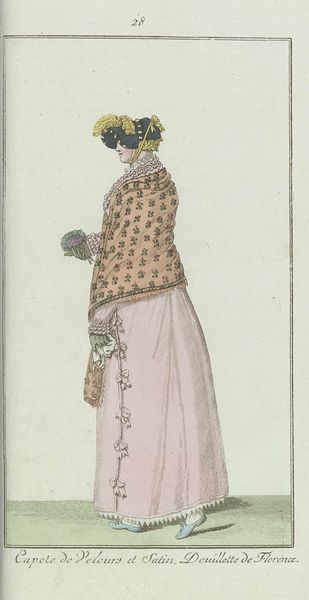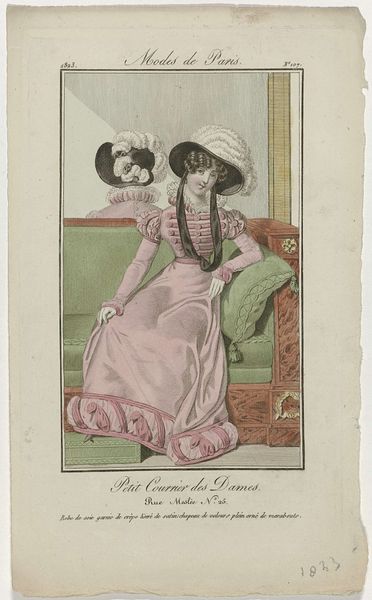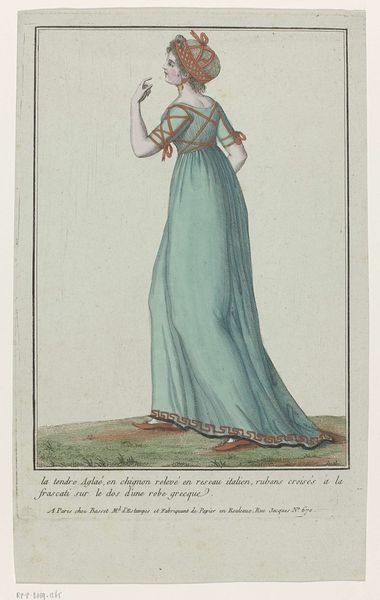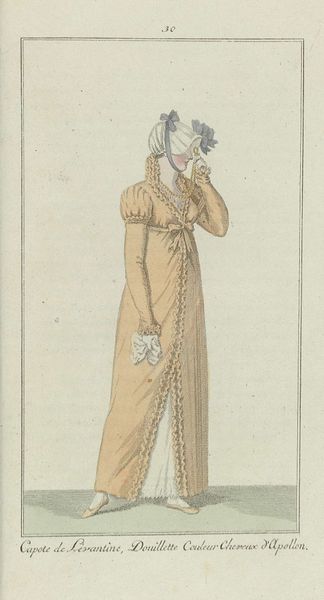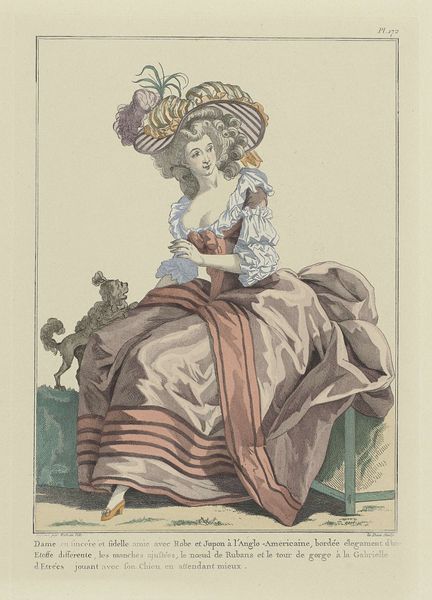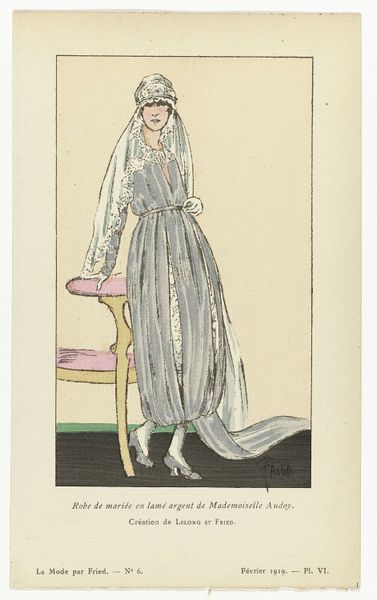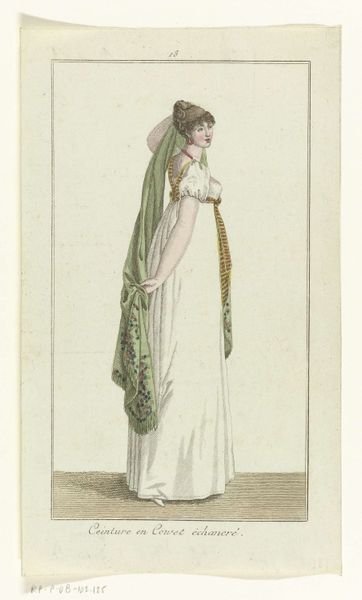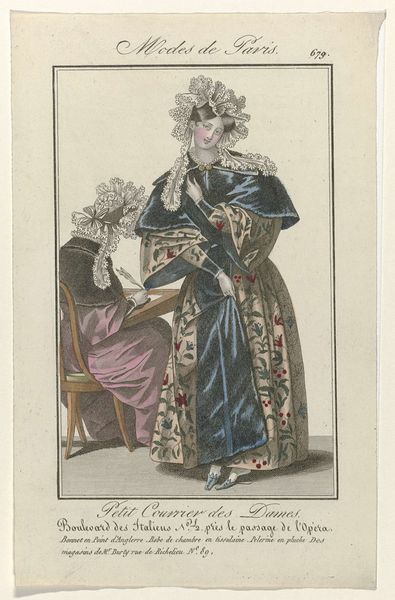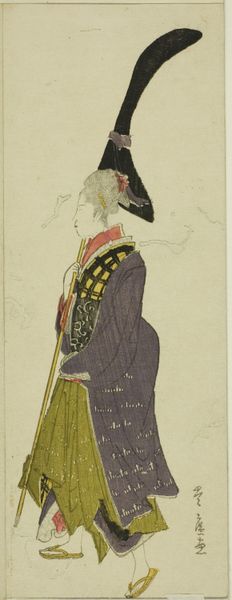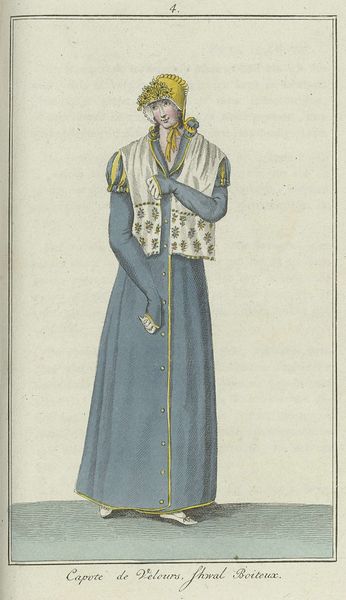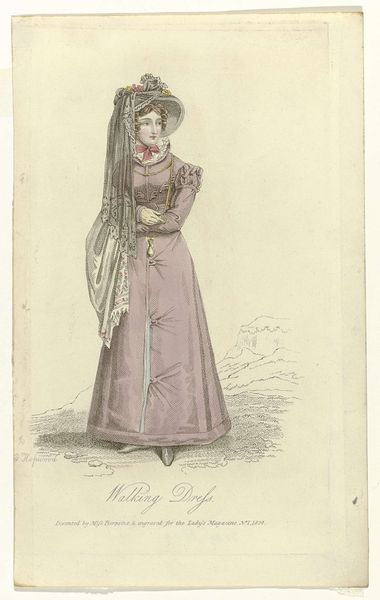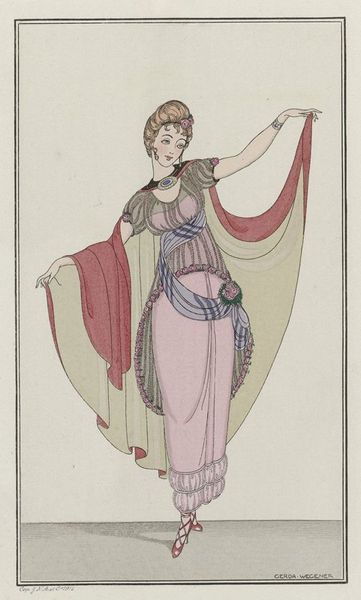
drawing, paper, pen
#
drawing
#
art-nouveau
#
paper
#
intimism
#
pen
#
genre-painting
#
erotic-art
Copyright: Public Domain: Artvee
Curator: Let's take a closer look at "Robe de gabardin," a drawing made with pen on paper by Gerda Wegener in 1914. Editor: Oh, this has a wistful sort of glamour! She’s all flowing lines and languid pose, almost wilting into that chaise lounge. It feels very 'woman-as-ornament.' Curator: Indeed, the artist employed pen strokes and art nouveau style conventions to depict a scene of intimacy. Wegener was active at a key transitional period, between art nouveau and art deco, a melting pot where design and functionality meet themes like eroticism. Editor: And a carelessly dropped letter on the floor, next to the spilled coins—telltale signs of a romantic disturbance. Do you think the artist intended this to be subtly provocative? Curator: Absolutely. Wegener was pushing boundaries with gender and sexuality, as evinced in the erotic charge found within intimate genre paintings like these. It reflects changing social values of the time while catering to a booming print market. The line, craft, and reproductive process become increasingly important to understanding audience. Editor: It's hard not to see a mirror of Wegener’s own life reflected here. She herself was such a captivating subject! This woman in the drawing, caught between composure and disarray, seems like a stand-in for something more personal. Curator: Well, I think you're picking up on a key tension within the drawing's art-nouveau aesthetic and subject, specifically regarding its contemporary market. A garment maker, as the title suggests, crafts robes like the figure, yet its value here is completely separate as it becomes aesthetic product with deeper themes such as those around changing sexuality. Editor: Seeing her art through that lens, knowing her story, certainly deepens its resonance, for me. It reminds you that every brushstroke is loaded with so much intention, history, and lived experience. Curator: For me, thinking about the broader market for these kind of designs helps contextualize Wegener's contribution. Editor: A truly beautiful, multi-layered piece.
Comments
No comments
Be the first to comment and join the conversation on the ultimate creative platform.
